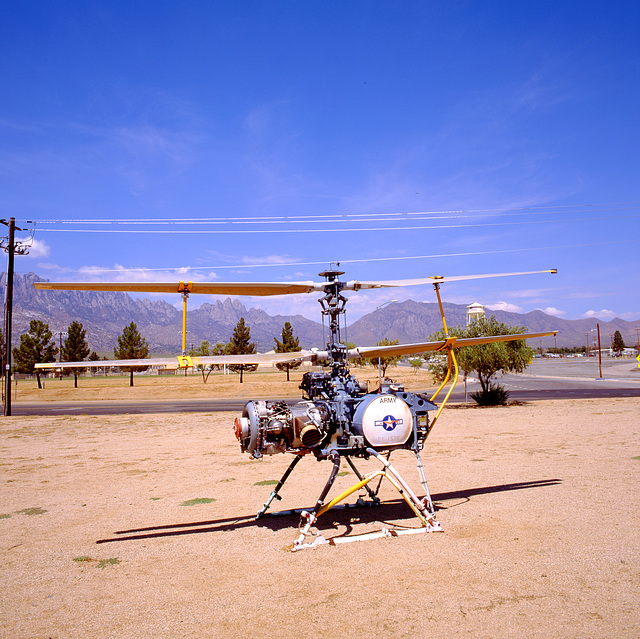F-4 Phantom fighter-bomber
ColoRODans Longmont 2013
ColoRODans Longmont 2013
ColoRODans Longmont 2013
ColoRODans Street Rod Festival 2013
ColoRODans Street Rod Festival 2013
ColoRODans Street Rod Festival 2013 - 1951 Mercury
Rocky Mountain National Park
Rocky Mountain National Park
Rocky Mountain National Park
Rocky Mountain National Park
ColoRODans street rod festival 2013
ColoRODans Rod Festival
ColoRODans Longmont 2013
ColoRODans Longmont 2013
Rocky Mountain National Park
Rocky Mountain National Park
Longmont Street Fair - Acrobat
Longmont Street Fair - Fencing
AMTK 183
Amtrak passenger train
Windmill Repair yard
Baja Beetle
Crossbow
Rocky Mountain National Park
Rocky Mountain National Park
Rocky Mountain National Park
Rocky Mountain National Park
Honest John
Matador-Mace
Pershing 1
HIBEX
Elk in Rocky Mountain National Park
Rocky Mountain National Park
Elk, Rocky Mountain National Park
Elk, Rocky Mountain National Park
Elk, Rocky Mountain National Park
Rocky Mountain National Park
Rocky Mountain National Park
Rocky Mountain National Park
Union Pacific Burnham Shops, Denver CO
Sears distribution center
Union Pacific Burnham Shops, Denver CO
UP 6329
CNW 437207
See also...
Authorizations, license
-
Visible by: Everyone -
All rights reserved
-
541 visits
QH-50 DASH


Developed in the 1950s, the U.S. Navy’s QH-50 DASH (Drone Anti-Submarine Helicopter) was the first, and so far only, operational unmanned helicopter designed for a combat role.
The DASH program had its roots in the late 1950s, when the U.S. Navy sought a way to upgrade its World War II-era destroyers to effectively counter the Soviet submarine threat. In April 1958, Gyrodyne received a contract to redesign its manned helicopter so it could be flown remotely from the deck of a destroyer carrying a torpedo. The result was the QH-50, which first flew with a safety pilot on board in 1959, while the first unmanned flight succeeded in August 1960.
Over the next decade, nearly 800 QH-50s were built, using various engines. While primarily designed for operation from a ship, the QH-50 could also be controlled from another manned aircraft or a mobile ground vehicle. It demonstrated that unmanned helicopters could drop sonobuoys and flares, perform rescues, transport cargo, illuminate targets at night, and lay down smokescreens. When equipped with TV cameras, it could also perform surveillance and target spotting.
QH-50 production ended in 1969, and in 1970 the whole DASH program was cancelled altogether.
Starting in 1973, the remaining QH-50s were used as target drones on White Sands Missile Range for surface-to-air and air-to-air missile training. The QH-50s were modified to carry tow targets so that the drone itself would only seldom be shot down. These target-towing drones are currently under the control of the U.S. Army's Program Executive Office for Simulation, Training & Instrumentation (PEO-STRI), and are still in use at WSMR.
LENGTH: 7 ft. 7 in.
WINGSPAN: 20 ft.
WEIGHT: 2330 lbs
SPEED: 92 knots
CEILING: 16,000 ft.
ENDURANCE: 90 minutes
FIRST FIRING: April 1965
RANGE: 40 nautical miles
The DASH program had its roots in the late 1950s, when the U.S. Navy sought a way to upgrade its World War II-era destroyers to effectively counter the Soviet submarine threat. In April 1958, Gyrodyne received a contract to redesign its manned helicopter so it could be flown remotely from the deck of a destroyer carrying a torpedo. The result was the QH-50, which first flew with a safety pilot on board in 1959, while the first unmanned flight succeeded in August 1960.
Over the next decade, nearly 800 QH-50s were built, using various engines. While primarily designed for operation from a ship, the QH-50 could also be controlled from another manned aircraft or a mobile ground vehicle. It demonstrated that unmanned helicopters could drop sonobuoys and flares, perform rescues, transport cargo, illuminate targets at night, and lay down smokescreens. When equipped with TV cameras, it could also perform surveillance and target spotting.
QH-50 production ended in 1969, and in 1970 the whole DASH program was cancelled altogether.
Starting in 1973, the remaining QH-50s were used as target drones on White Sands Missile Range for surface-to-air and air-to-air missile training. The QH-50s were modified to carry tow targets so that the drone itself would only seldom be shot down. These target-towing drones are currently under the control of the U.S. Army's Program Executive Office for Simulation, Training & Instrumentation (PEO-STRI), and are still in use at WSMR.
LENGTH: 7 ft. 7 in.
WINGSPAN: 20 ft.
WEIGHT: 2330 lbs
SPEED: 92 knots
CEILING: 16,000 ft.
ENDURANCE: 90 minutes
FIRST FIRING: April 1965
RANGE: 40 nautical miles
John Bezosky Jr., SV1XV, , Don Sutherland and 2 other people have particularly liked this photo
- Keyboard shortcuts:
Jump to top
RSS feed- Latest comments - Subscribe to the comment feeds of this photo
- ipernity © 2007-2025
- Help & Contact
|
Club news
|
About ipernity
|
History |
ipernity Club & Prices |
Guide of good conduct
Donate | Group guidelines | Privacy policy | Terms of use | Statutes | In memoria -
Facebook
Twitter

Sign-in to write a comment.